There’s something undeniably comforting about a perfectly made French toast. This breakfast classic has the incredible ability to transform an ordinary morning into a delightful culinary experience. Whether you prefer it fluffy and golden or decadently stuffed, the beauty of French toast lies in its versatility. In this article, we’ll guide you through ten irresistible recipes that will not only tantalize your taste buds but also elevate your brunch game. From classic cinnamon-spiced variations to innovative twists featuring seasonal fruits and indulgent toppings, these recipes are designed to inspire your inner chef. Plus, we’ll share expert tips to help you achieve that ideal balance of flavor and texture, ensuring your French toast is simply perfection on a plate. Ready to embark on a delightful journey of taste and creativity? Grab your skillet, and let’s dive into the world of French toast!
If you’re looking for a foolproof way to make French toast every time, check out French Toast Recipe: How to Make It Perfect Every Time for step-by-step instructions and expert tips.
The History of French Toast
French toast, a beloved breakfast staple, has a history as rich as its flavor. The origins of this delightful dish can be traced back to ancient Rome, where it was known as “Pan Dulcis.” These early Romans would soak bread in a mixture of milk and eggs before frying it, a technique remarkably similar to what we use today. This practice was not only a way to make use of stale bread but also a method to create a satisfying meal with simple ingredients. Over the centuries, this Roman recipe traversed through medieval Europe, evolving and adapting to local tastes and ingredients.

During the Middle Ages, French toast became a favorite among European peasants. Known by various names, such as “pain perdu” in France, which translates to “lost bread,” it was a practical way to salvage bread that was no longer fresh. The dish was often sweetened with sugar or honey, and occasionally, spices were added to enhance the flavor. As it gained popularity, different regions began to put their own spin on the basic recipe, incorporating local ingredients and culinary traditions.
In the New World, French toast continued to evolve. American colonists brought their European recipes with them, and the dish became a breakfast favorite across the United States. Throughout its journey, French toast has remained a versatile and beloved dish, capable of being both a simple breakfast and a decadent treat. Today, it stands as a testament to culinary ingenuity and the enduring appeal of turning humble ingredients into something extraordinary.
Essential Ingredients for the Perfect French Toast
Creating the perfect French toast begins with selecting the right ingredients. At its core, French toast requires bread, eggs, milk, and a few flavor-enhancing components. The choice of bread is crucial, as it forms the foundation of the dish. Ideally, you want a bread that can absorb the custard mixture without falling apart. Brioche, challah, and French baguette are excellent choices due to their dense texture and ability to soak up the liquid while maintaining structure.
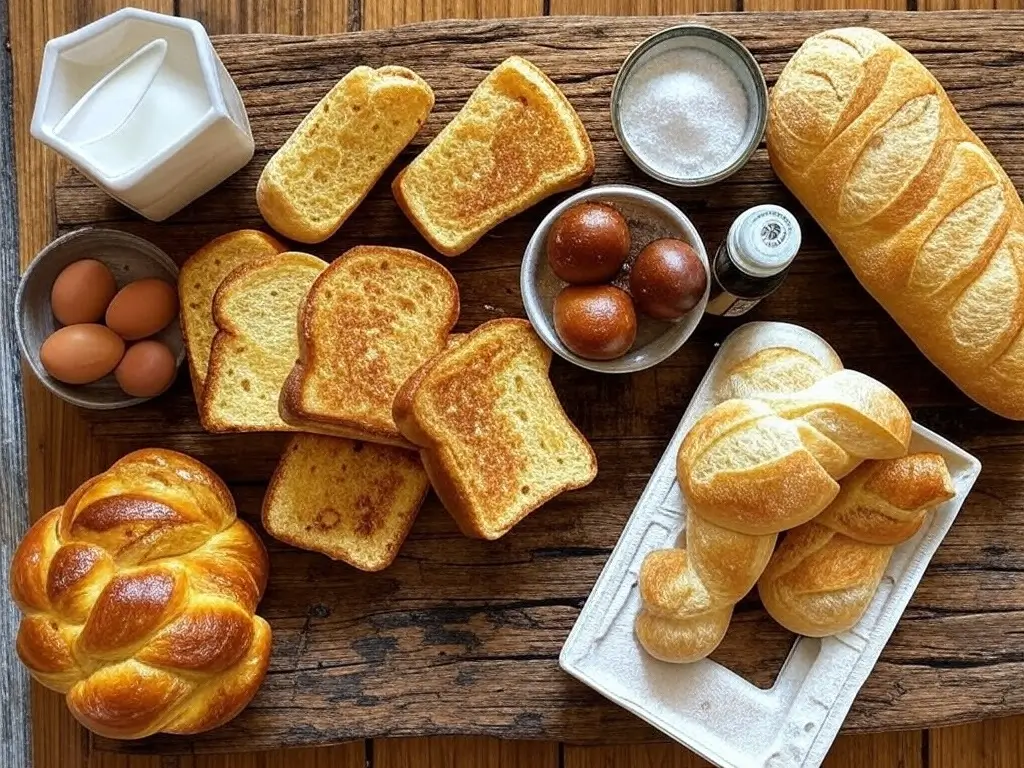
Eggs and milk form the base of the custard mixture. The eggs provide the necessary binding properties, while the milk adds creaminess. For a richer custard, you can substitute milk with half-and-half or heavy cream. If you’re looking to add an extra layer of flavor, consider incorporating vanilla extract and a pinch of salt. These additions enhance the overall taste, making each bite more delightful. With the right techniques, you can create amazing French toast recipes.
Sweeteners and spices are the final touches that elevate French toast. Common additions include sugar, cinnamon, and nutmeg. These ingredients not only add sweetness but also create a warm, inviting aroma that makes French toast irresistible. For a twist, you can experiment with flavored syrups, fruit zests, or even a splash of your favorite liqueur. By carefully selecting and balancing these essential ingredients, you can achieve a French toast that is both delicious and memorable.
Classic French Toast Recipe: A Step-by-Step Guide
There’s a reason the classic French toast recipe remains a favorite among breakfast enthusiasts. Its simplicity and perfect balance of flavors make it a timeless dish. To start, gather your ingredients:
- 4 slices of thick-cut bread
- 2 large eggs
- 1/2 cup of milk
- 1 teaspoon of vanilla extract
- 1 tablespoon of sugar
- 1/2 teaspoon of ground cinnamon
- A pinch of salt
Begin by whisking the eggs in a shallow bowl until they are well-beaten. Add the milk, vanilla extract, sugar, cinnamon, and salt, and continue to whisk until the mixture is smooth and well-combined. This custard mixture is the heart of your French toast, providing the creamy, rich flavor that makes the dish so delectable. Ensure that the ingredients are thoroughly mixed to avoid any clumps of spices or uneven sweetness. Understanding this technique will help you master all kinds of French toast recipes.
Next, heat a large skillet over medium heat and add a pat of butter, allowing it to melt and coat the pan evenly. Dip each slice of bread into the custard mixture, making sure both sides are well-soaked but not overly saturated. Place the soaked bread slices onto the hot skillet and cook for about 2-3 minutes on each side, or until they are golden brown and slightly crispy. Serve your classic French toast immediately, topped with a dusting of powdered sugar, a drizzle of maple syrup, and fresh berries for a burst of color and flavor.
For an easy yet delicious version, try The Best French Toast Recipe – Fluffy, Crispy & Easy! and enjoy a crispy, golden-brown bite every time.

Creative Variations: Unique French Toast Recipes
French toast recipes can be greatly expanded by using creativity, while the classic French toast is undeniably delicious, exploring creative variations can take your breakfast game to new heights. One delightful option is stuffed French toast. To make this, you’ll need to create a filling, such as a mixture of cream cheese and fruit preserves or a blend of Nutella and sliced bananas. Simply spread the filling between two slices of bread before dipping them in the custard mixture. Cook as usual, and you’ll have a decadent, dessert-like breakfast.
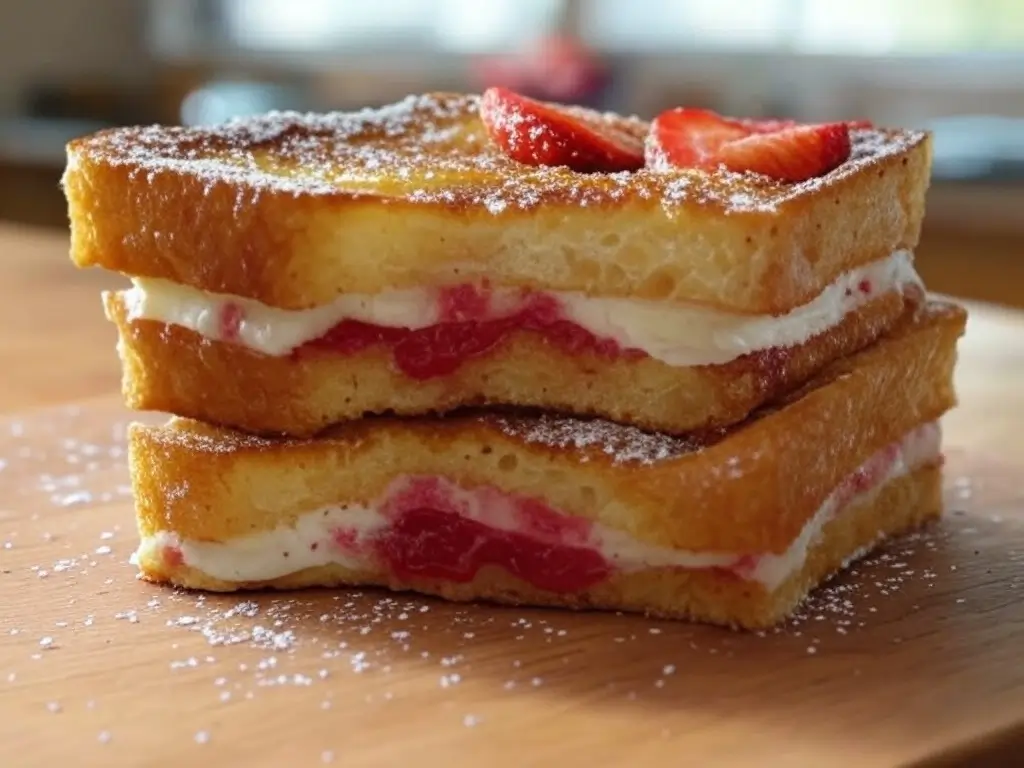
Another innovative variation is French toast casserole, perfect for feeding a crowd or preparing in advance. To make a casserole, arrange slices of bread in a baking dish and pour the custard mixture over the top, ensuring each slice is well-coated. Let it soak for at least 30 minutes, or overnight for convenience. Before baking, sprinkle a mixture of brown sugar and cinnamon over the top for a caramelized finish. Bake at 350°F (175°C) for about 45 minutes, or until the top is golden and the custard is set.
For a savory twist, consider incorporating ingredients like cheese, ham, or sautéed vegetables. Create a savory custard mixture by omitting the sugar and adding a bit of salt, pepper, and your favorite herbs. Layer slices of bread with cheese and ham, dip them in the savory custard, and cook until golden brown. This savory French toast makes for a hearty and satisfying breakfast or brunch option, showing just how versatile this classic dish can be.
Tips for Achieving the Ideal Texture and Flavor
Achieving the perfect texture and flavor in your French toast involves a few key techniques. First and foremost, the bread should be slightly stale. Fresh bread tends to become too soggy when soaked in the custard mixture, whereas day-old bread absorbs the liquid without falling apart. If you don’t have stale bread on hand, you can lightly toast fresh bread before using it. All these tips will help you improve many different French toast recipes.
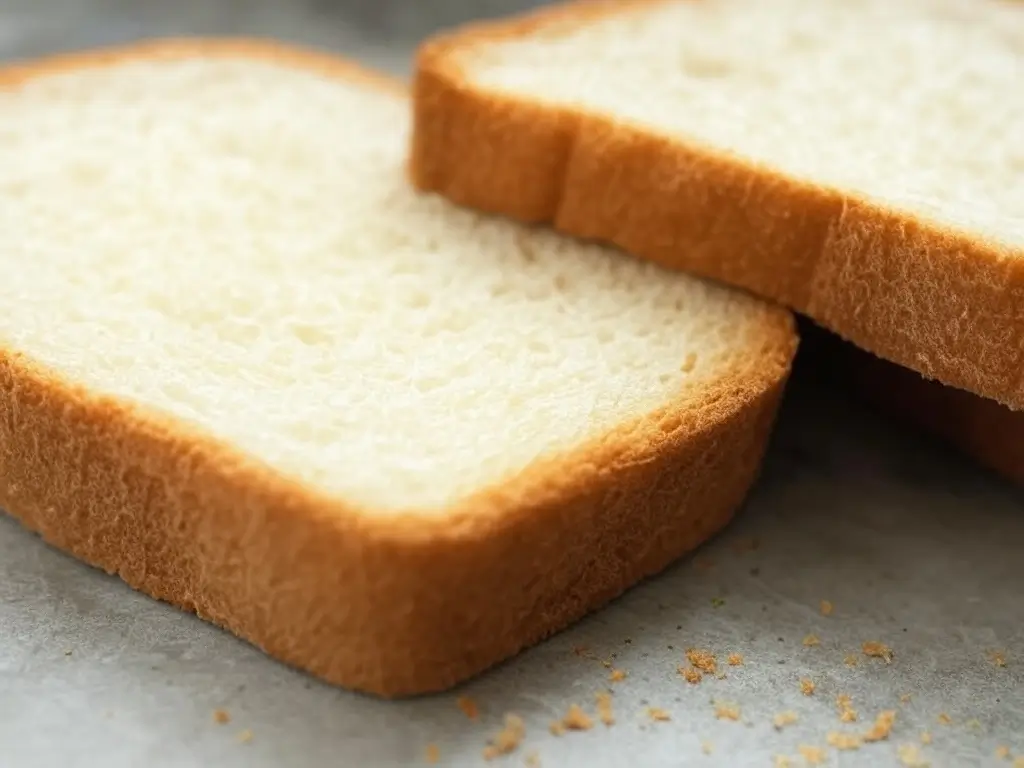
The temperature of your skillet is also crucial. Cooking French toast over medium heat allows the custard to cook through without burning the outside. If the heat is too high, the exterior will brown too quickly, leaving the inside undercooked. On the other hand, cooking at too low a temperature will result in a soggy, unappetizing texture. Finding the right balance ensures a perfect golden-brown finish with a creamy interior.
Lastly, don’t rush the soaking process. Allow each slice of bread to absorb the custard mixture for at least 20-30 seconds per side. This ensures that the flavors penetrate the bread, creating a rich and flavorful bite. Patience is key, so take your time to achieve that perfect balance of texture and flavor. By following these tips, you can create French toast that is consistently delicious, impressing family and friends with your culinary skills.
If you want more tips on making your French toast turn out perfect every time, check out French Toast Recipe: How to Make It Perfect Every Time for additional tricks.
The Best Bread Types for French Toast
Selecting the right bread is essential for making exceptional French toast. While there are many types of bread that can be used, some are particularly well-suited for this dish. Brioche is a top choice due to its soft, buttery texture and slight sweetness. Its rich flavor and tender crumb make it ideal for absorbing the custard mixture, resulting in a delightfully creamy French toast. Experimenting with bread types can greatly expand your repertoire of French toast recipes.
Challah, a traditional Jewish bread, is another excellent option. Its slightly sweet flavor and airy texture make it perfect for French toast. Challah’s braided form provides additional surface area for the custard to cling to, ensuring each bite is moist and flavorful. This bread’s structure holds up well during cooking, preventing it from becoming too soggy.
For a more rustic take, consider using a French baguette or a country-style loaf. These breads have a denser crumb and a hearty texture, which can add a pleasant chewiness to your French toast. They are particularly good for soaking up the custard without falling apart. Slicing the bread thicker, about an inch or so, allows for a balance between a crispy exterior and a soft, custard-filled interior. Experimenting with different types of bread can lead to discovering your perfect French toast.
Toppings and Syrups: Elevating Your French Toast Experience
The right toppings and syrups can transform a simple French toast into an extraordinary culinary experience. Traditional toppings like powdered sugar and maple syrup are classics for a reason they add sweetness and a bit of texture without overpowering the dish. Fresh fruits, such as berries, bananas, or apple slices, provide a burst of color and natural sweetness that complement the rich flavors of the French toast.
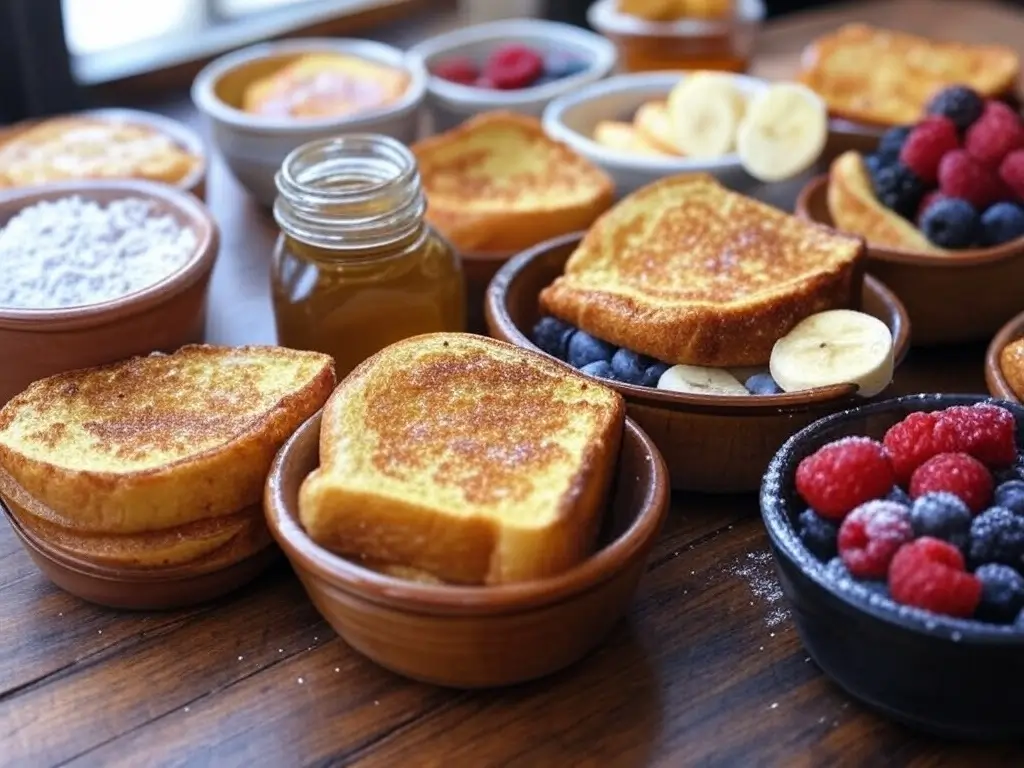
For a more indulgent option, consider adding a dollop of whipped cream or a scoop of ice cream. Flavored syrups, such as caramel, chocolate, or fruit-based syrups, can also elevate your French toast. These toppings add a luxurious touch, making your breakfast feel like a special occasion. Nut butters, such as almond or peanut butter, can be spread on top for added richness and a boost of protein.
Nuts and seeds, such as toasted almonds, walnuts, or chia seeds, provide a satisfying crunch and a hint of nuttiness. For a savory spin, consider topping your French toast with ingredients like crispy bacon, avocado, or a fried egg. These combinations create a balanced meal that is both delicious and filling. With the right toppings and syrups, you can customize your French toast to suit any palate and occasion, making each breakfast a unique experience.
French Toast for Dietary Restrictions: Gluten-Free and Vegan Options
French toast can be enjoyed by everyone, regardless of dietary restrictions, with a few simple adjustments. For those who are gluten-free, using gluten-free bread is a straightforward substitution. Many gluten-free breads are now available that mimic the texture and flavor of traditional bread, making it easy to create a delicious gluten-free French toast. Ensure the bread you choose is sturdy enough to withstand the soaking process.
For a vegan version, the custard mixture can be made without eggs and dairy. Substitute the eggs with a mixture of flaxseed and water a common egg replacement in vegan baking. Combine one tablespoon of ground flaxseed with three tablespoons of water for each egg you would normally use. Let the mixture sit for a few minutes to thicken. Replace the milk with a plant-based alternative, such as almond, soy, or oat milk. Add your favorite sweeteners and spices as usual.
Cooking vegan French toast requires a bit of extra care to achieve the right texture. Using a non-stick skillet and cooking over medium heat helps to ensure even cooking without burning. Additionally, using a bit of vegan butter or coconut oil can add richness and flavor. With these adjustments, you can create French toast that is just as delicious and satisfying as the traditional version, making it accessible to everyone at your table.
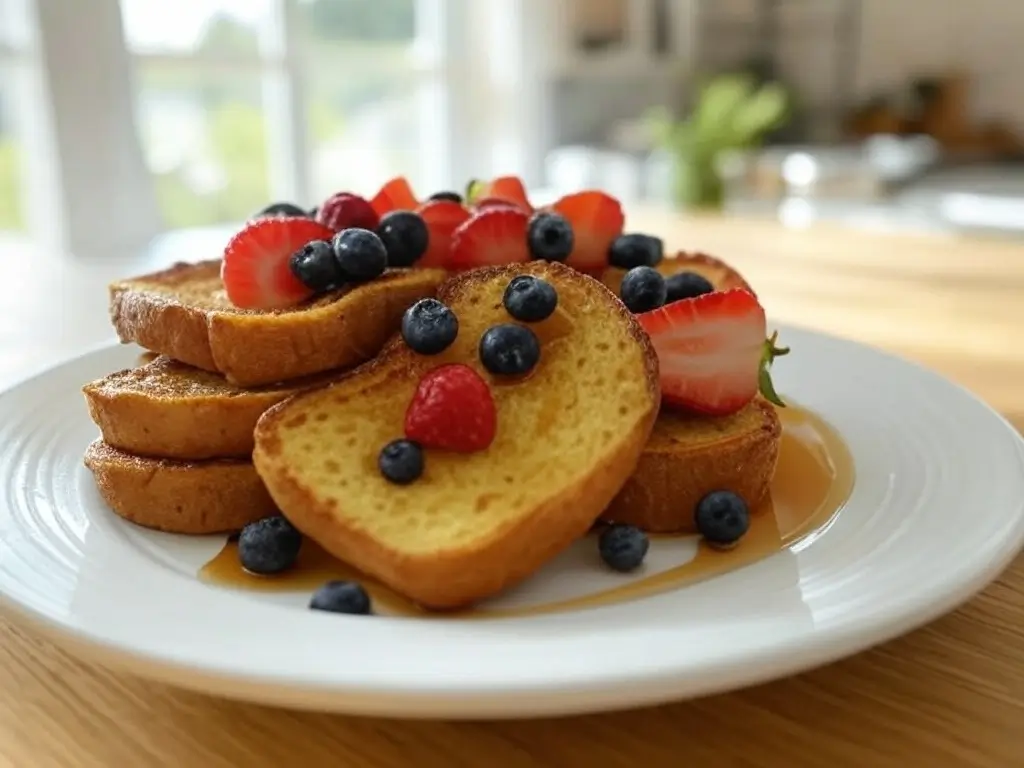
Pairing French Toast with Beverages: What to Serve
Pairing your French toast with the right beverage can enhance the overall dining experience. For a classic pairing, coffee is a natural choice. The rich, robust flavors of coffee complement the sweetness of French toast, creating a balanced and satisfying breakfast. Whether you prefer a simple black coffee or a creamy latte, the warmth and depth of flavor in coffee make it an ideal companion.
For a lighter option, consider serving French toast with a cup of tea. Black teas, such as Earl Grey or English Breakfast, offer a strong flavor that stands up well to the richness of French toast. Herbal teas, like chamomile or peppermint, provide a refreshing contrast, especially if your French toast includes sweet or fruity toppings. Iced tea can also be a refreshing choice, particularly during warmer months.
Juices and smoothies are excellent choices for adding a burst of freshness and nutrition to your meal. Freshly squeezed orange juice pairs wonderfully with the sweet and savory notes of French toast. Smoothies made with fruits, yogurt, and a bit of honey can add a delightful creaminess and natural sweetness. For a more indulgent option, consider serving your French toast with a mimosa or a glass of sparkling wine. These beverages add a celebratory touch, perfect for a leisurely brunch or special occasion.
Conclusion: Mastering French Toast for Every Occasion
Mastering the art of French toast is a rewarding endeavor that can elevate your breakfast and brunch experiences. By understanding the history and essential ingredients, you can appreciate the time-honored traditions that have shaped this beloved dish. Experimenting with classic recipes and creative variations allows you to discover new flavors and textures, ensuring that your French toast is always exciting and delicious.
By following expert tips for achieving the ideal texture and flavor, selecting the best bread types, and exploring a variety of toppings and syrups, you can customize your French toast to suit any preference. Accommodating dietary restrictions with gluten-free and vegan options ensures that everyone can enjoy this delightful dish. Pairing your French toast with complementary beverages adds the finishing touch to a perfect meal.
Whether you’re preparing a simple breakfast for yourself or hosting a lavish brunch for friends and family, French toast is a versatile and satisfying choice. With these recipes and tips, you can create French toast that is truly perfection on a plate, making every morning a delightful culinary experience. So, grab your skillet, gather your ingredients, and embark on a delicious journey to perfecting French toast for every occasion.
